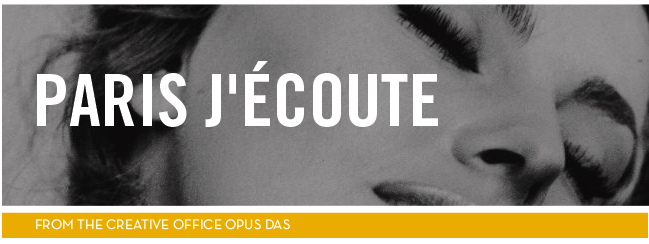"For me, blindness has a lot to do with imagination. It's a constant imagination actually. You imagine everything, what you smell, what you feel, or what you hear. So sometimes we want to really stop and enjoy with all of our senses... sometimes there is no time to just smell or to just listen."
-Sabriye Tenberken, blinded at the age of 12, is the co-founder of Braille Without Borders
There has been a lot of confusion or perhaps a lack of understanding from the design community as to why I am conducting sound research in Paris, or as to why I came to the 'City of Lights' to literally be blind. Some would go as far to call it masochism. So I felt that now would be an appropriate time to share this quote with you from Sabriye Tenberken because it is so dead on in its description of my experience here that it hurts.
Again, Reasons which may have not been clear from the beginning
The first school for the blind, L'Institute National des Jeunes Aveugles or INJA (Royal Institution for Blind Youth) started in Paris in the year 1784 by Valentin Hauy.
Braille is a system used by the blind to read and write. It was discovered by a blind Frenchman, Louis Braille who attended the INJA.
During the 1800s most organs in the cathedrals of Paris were played by blind musicians, one of which was Andre Marchal who served as the primary organist of L'Eglise Saint Germain des Pres.
Raymond Carver's Cathedral
We can gain so much from understanding the visually impaired by celebrating their experiences in design rather than diminishing them to a singular check mark for code. I know I'm going to be excommunicated for this, but it's really not just about the money shot. If I can design a building that makes a visually impaired person say "Wow" then I know I've done my job for the day and I can sleep well.
-Matt


No comments:
Post a Comment